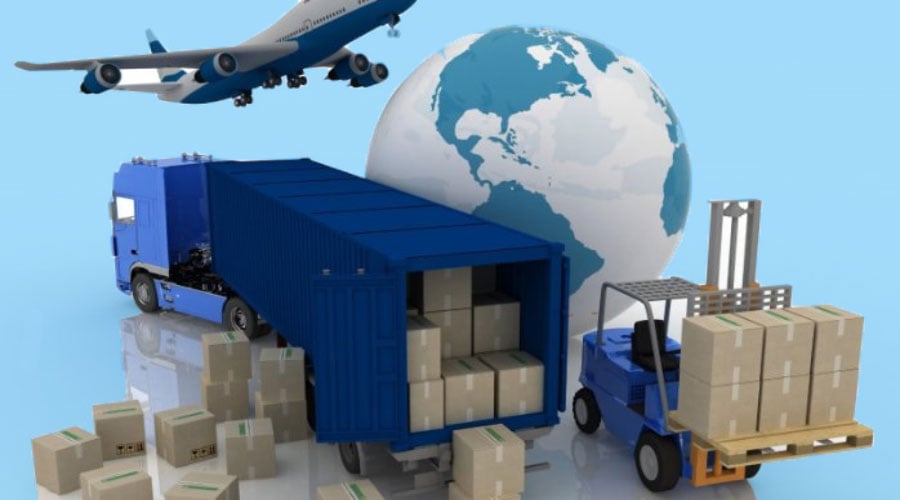In this article, we will explore different types of product sourcing strategies. Manufacturing, Impact Sourcing, Multiple Suppliers, Dropshipping, and more are some of them.
Dropshipping
There are several things to consider if you want to launch a dropshipping business. The dropshipping model is similar to the affiliate marketing model, except that you do not have to own or store inventory. Instead, you outsource the process. It allows you to focus on other aspects of your business. However, the profit margins are usually relatively low.
Consider these guide to product sourcing to succeed in this approach. Creating a powerful brand for your store is one of them.
Ensure the quality of your merchandise as another piece of advice. For example, if you buy from wholesalers, you may end up with merchandise that is just as good as the products sold by your competitors. You must also remember to maintain a healthy profit margin.
Another important tip is to find a reliable product source. Your best bet is to partner with a product agent in your niche. These people have specialized skills and experience, which can be very useful.
Multiple Suppliers
Product sourcing is a crucial aspect of running an e-commerce business. It involves locating and evaluating products and negotiating and calculating prices.
There are many types of product sourcing strategies. While many retailers source their products online, many other methods are available. Some businesses prefer to use local sourcing.
In addition to lowering supply chain costs, sourcing locally allows companies to introduce new products faster. It also helps in earning more revenue.
Inquiring about sample runs from vendors is one approach to achieving this. Not only will this help you to determine if a supplier’s competence is up to snuff, but it will also show you how they handle the process.
For example, some suppliers will even allow you to try out their products before you commit to ordering them. You can do this in smaller quantities or opt for a full-scale trial.
Impact Sourcing
You can use many different product sourcing strategies, but it’s crucial to pick the right ones. While getting the most fabulous goods at the best price is essential, you also need to be able to deliver them as soon as feasible.
One of the easiest ways to source a product is to buy wholesale. It is ideal for businesses with unique ideas or products. Wholesalers typically purchase in bulk.
Another good product sourcing strategy is to ask for samples. Most retail customers will only purchase after seeing a selection first. Getting an appointment is simple, but you must pack the products correctly and have a reliable company handle the order.
Some businesses use a product agent to source a specific product. These agents can be an expensive investment, so you should do your research. A good product sourcing agent should have a business license number to prove their legitimacy.
Manufacturing
Sourcing products is an essential aspect of running a successful business. However, it is about more than just the quality of the products. Product sourcing also includes logistics and fulfillment. An effective product sourcing strategy ensures you can maximize your profit from each sale.
When sourcing products, you must know precisely what you’re looking for. You must understand the different types of products and the various sourcing strategies that can be used.
The first step is to perform market research. You’ll get a better picture of what consumers want from this. Also, it will help you determine the size of your market.
Once you have your market size, you can start sourcing. You can do this by visiting trade shows or going online. Both methods allow you to interact with manufacturers and see how they handle the sourcing process.
An excellent way to source products is to buy wholesale. It is easy to manage, and you can reduce the risks of selling unwanted items.
Identifying the Sourcing Category and Commodity
Sourcing is a process that focuses on procuring goods and services that are essential to the business. It helps create supplier relationships and build robust supply chains. This strategic process also ensures that the organization receives the lowest price for high-quality products.
There are several different sourcing categories and commodities to consider. The best sourcing strategy for a particular entity will depend on the product or service type, the customer base, and the organization’s overall sourcing objectives. For example, if a firm needs to purchase office supplies, it might make sense to have a single vendor for this product category. However, a separate supplier might be required for a company that manufactures electronic components.
Many companies have started implementing the impact sourcing model in the procurement world. Impact sourcing involves employing low-skilled workers in vulnerable communities. These workers can perform tasks typically performed by other members of the workforce.
Understanding Buyer Power and Category to position the Strategy
One of the best ways to improve your bottom line is to understand your customers’ bargaining power. It is especially true if you sell a commodity-based product or service. By evaluating your buyers’ motivations, you’ll be able to position yourself in the market better and increase the probability of winning over your competition. The key is to identify the right customer and woo them with a solid marketing message and an offer that’s too good to refuse.
There are many ways to measure and quantify your buyers’ sourcing or mercenary capabilities. These include the number of suppliers, the quality of the products and services they provide, and their ability to switch providers. For example, when buyers decide to manufacture their products, they no longer need a supplier to do the heavy lifting.
Another way to quantify your company’s bargaining power is to measure the costs and benefits associated with a switch. It is a function of the financial and relational expenses related to changing providers and the operational and reputational costs associated with relocating staff, processes, and infrastructure.








